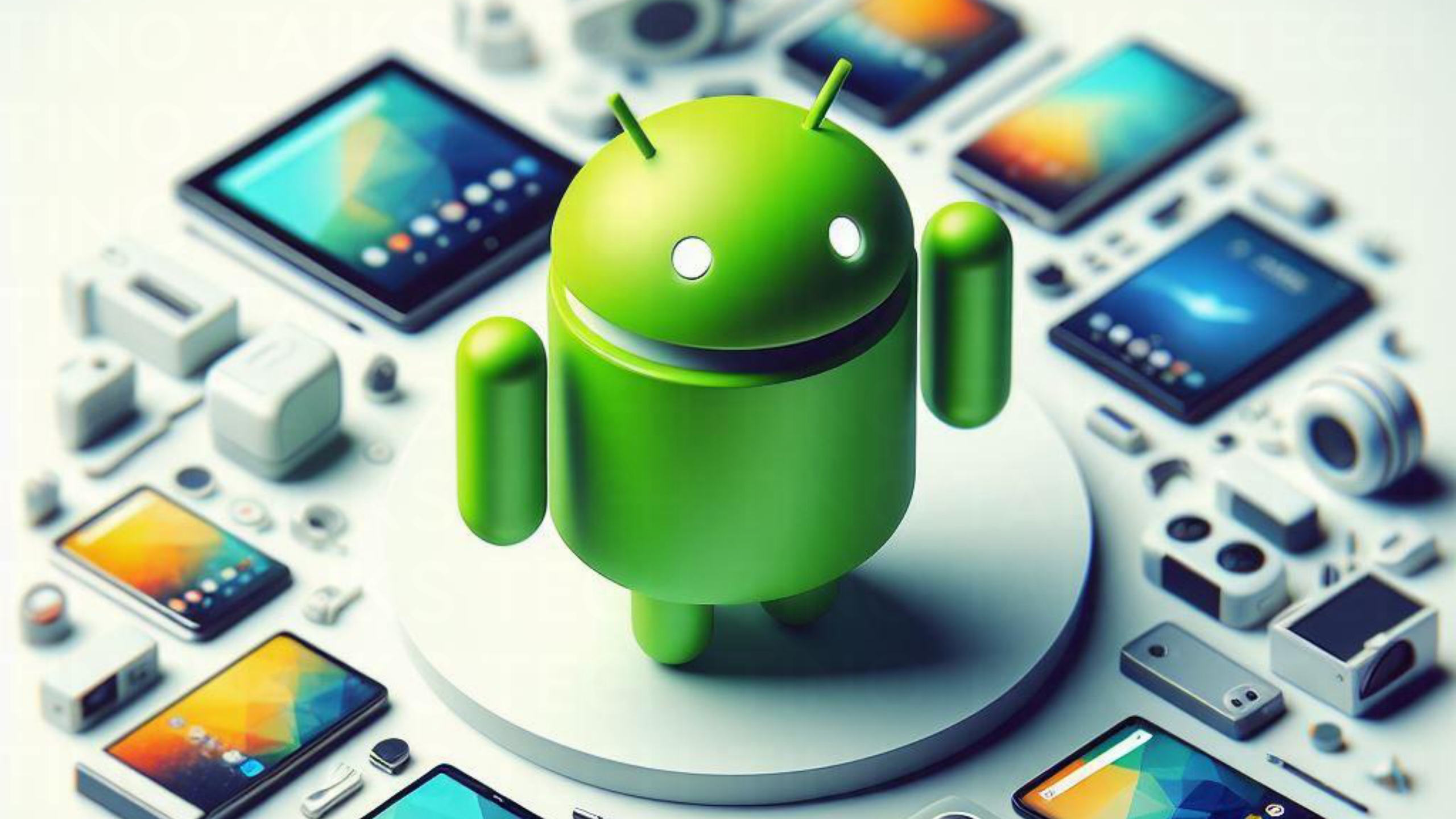
In the digital age, having an online presence is crucial. Whether you’re starting a blog, opening an online store, or creating a business website, the process can seem daunting. Well fear not, this detailed guide will walk you through each step, from purchasing a domain to launching your site, all while keeping costs low.
Step 1: Securing Your Domain Name
What is a Domain Name?
Think of a domain name as your online property’s street address. It’s how visitors find you among the millions of websites on the Internet. When choosing a domain, aim for something memorable, relevant to your content, and easy to type like mine, tinotenda.co.
Where to Purchase Your Domain
For international audiences, Namecheap offers a wide range of TLDs at competitive prices. If you’re in Zimbabwe, WebZim caters specifically to your local needs. Prices for domains start as low as a few dollars per year for options like .xyz or .online, making them accessible for anyone on a tight budget and you can also get .com or .net on Namecheap with discounts up to 75% on your first purchase.
Step 2: Understanding and Choosing Web Hosting
Defining Web Hosting
Web hosting is essentially renting space on a server where your website’s files live. Without hosting, your site won’t be accessible to others.
The Importance of Web Hosting
Good hosting ensures your website loads quickly, remains secure, and can handle the traffic you’ll receive. It’s a foundational element of your website’s success.
Hosting Providers
While there are many hosting providers out there, Truehost Nigeria stands out for its affordability. I personally use Truehost (not the Nigerian branch) for its reliability and customer service.
Step 3: Building Your Website
For Bloggers
Blogger
Blogger is a free platform perfect for beginners:
- Sign up and choose a template.
- Customize the design with Blogger’s simple tools.
- Write and publish your posts directly within the platform.
- Optionally, connect a custom domain for a professional touch.
WordPress
For more control and customization, WordPress is the go-to:
- Install WordPress on your chosen hosting.
- Select a theme; Astra and OceanWP offer flexibility and ease of use.
- Use the Gutenberg editor to craft your content.
- Enhance your blog with plugins for SEO, social media, and more.
For E-commerce
Shopify
Shopify simplifies the e-commerce process:
- Choose a plan that fits your budget and scale.
- Select a theme; Debut is clean and user-friendly.
- Add products, descriptions, and high-quality images.
- Set up payment gateways and shipping options.
WooCommerce
Integrate e-commerce into your WordPress site with WooCommerce:
- Install the WooCommerce plugin.
- Choose a theme like Storefront that’s built for online stores.
- Customize product pages, checkout processes, and customer accounts.
- Utilize additional plugins for marketing and sales analytics.
For Business Websites
WordPress is also excellent for creating a professional business website:
- Install WordPress and choose a premium theme like Divi or Avada for advanced features or the free ones I mentioned before.
- Design your homepage to make a strong first impression.
- Develop clear navigation for your services, about page, and contact information.
- Integrate plugins for appointment booking, customer testimonials, and live chat support.
Upcoming In-Depth Reviews
Stay tuned for comprehensive reviews on each type of website mentioned in this guide. I’ll cover the nuances of blogging platforms, e-commerce solutions, and business website best practices to help you make informed decisions for your online journey.
By following this guide, you’re well on your way to creating a website that not only looks professional but is also budget-friendly. Remember, the Internet is vast, and there’s a place for everyone. With some patience and creativity, you’ll carve out your own corner in no time.











